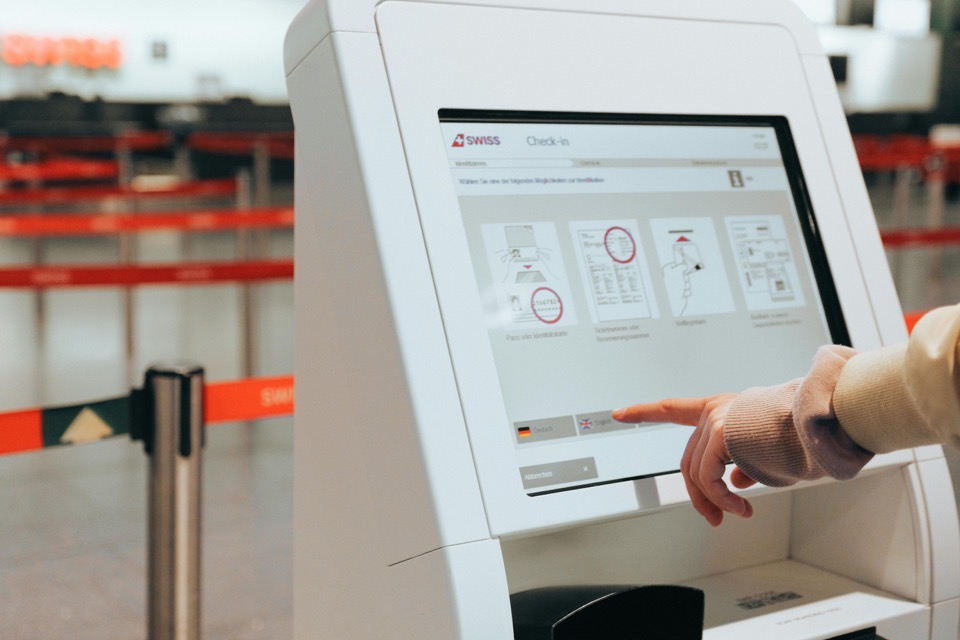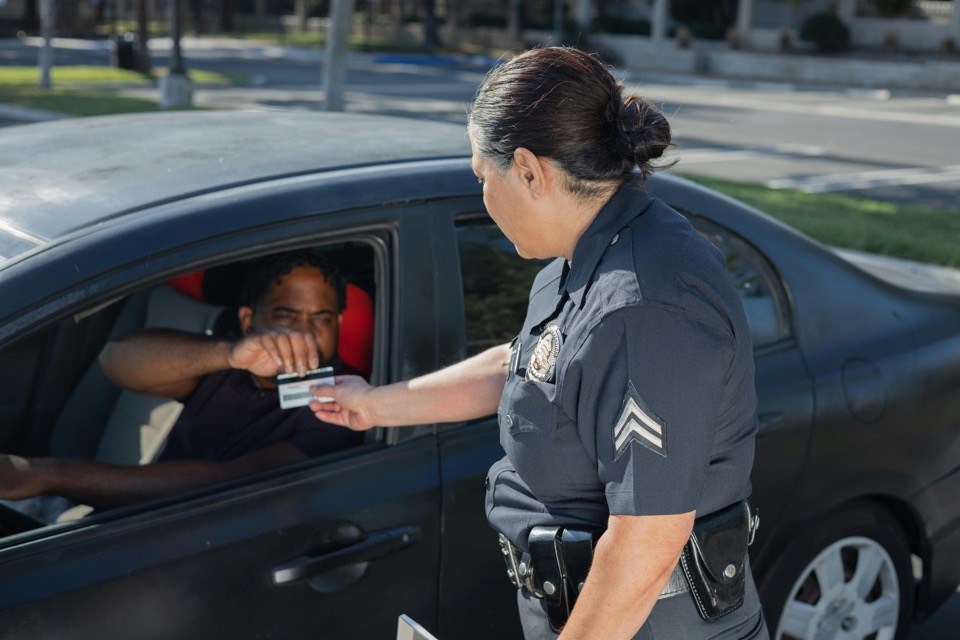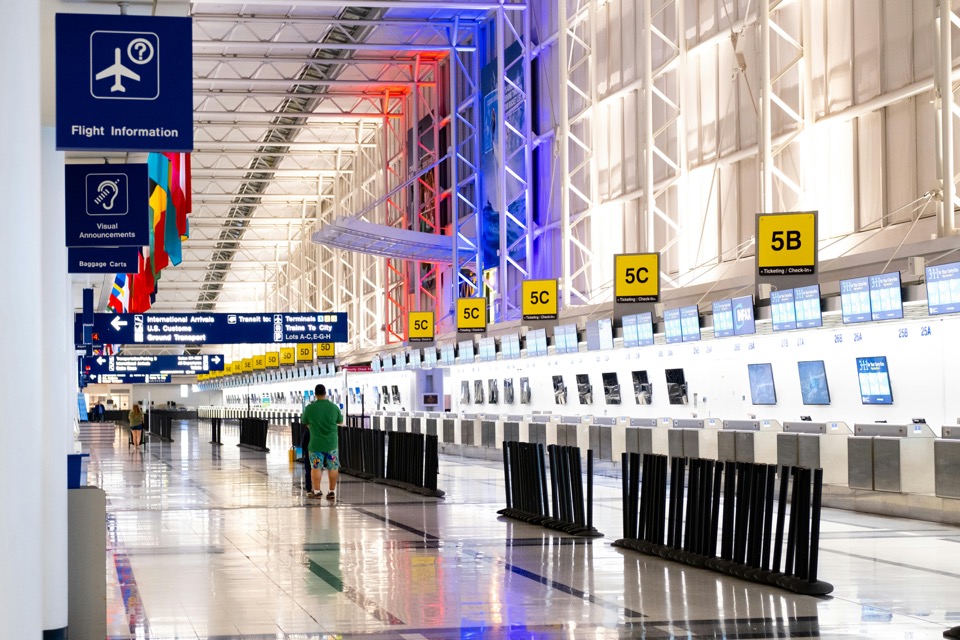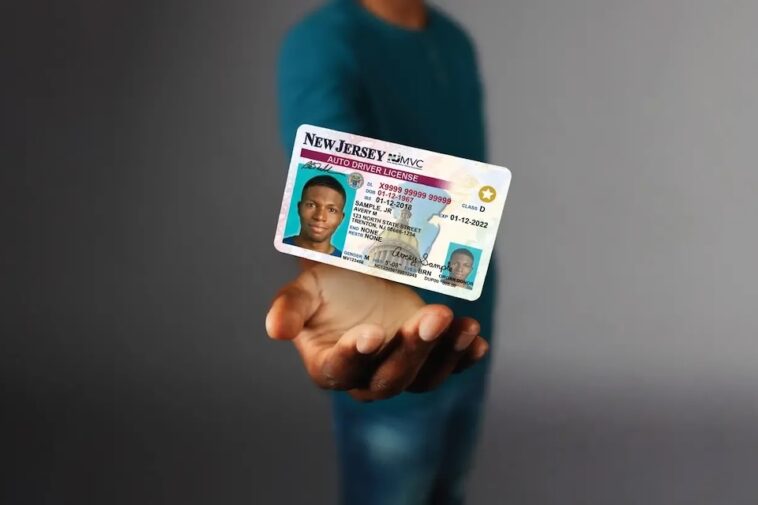If you plan on flying within the United States, starting May 7, 2025, you’ll need more than your standard driver’s license to get past TSA. The REAL ID requirement is now in full effect, which means U.S. travelers must present a REAL ID-compliant driver’s license or identification card to board domestic flights and enter certain federal buildings.
This long-awaited policy shift is part of a national effort to improve the security standards for government-issued identification. For frequent flyers, or first-time travelers, or someone renewing their license, here’s what you need to know to stay compliant—and stress-free—under the new rules.
What Is REAL ID, and Why Does It Matter?

The REAL ID Act was passed by Congress in 2005 in response to the 9/11 Commission’s recommendations for improved security standards. It sets federal guidelines for state-issued identification cards, ensuring that IDs used for official purposes—like boarding domestic flights or entering federal buildings—are harder to forge.
While the policy has been delayed multiple times, the final deadline is now real: May 7, 2025.
How to Know If You Have a REAL ID
REAL ID-compliant licenses are easy to identify. Most will have a star in the top right corner—a gold or black star, depending on your state. If your license does not have this star, it’s not REAL ID-compliant and won’t get you through airport security come May.
To upgrade, visit your local Department of Motor Vehicles (DMV) or licensing agency. Bring:
- Proof of identity (like a birth certificate or passport)
- Proof of Social Security number
- Two documents showing your current residential address
Each state may have slightly different requirements, so it’s a good idea to check your state’s DMV website before your visit.
Who Needs a REAL ID?

If you plan to do any of the following, you’ll need a REAL ID:
- Board a domestic flight within the U.S.
- Access military bases or federal facilities that require ID
- Visit nuclear power plants or similar secure sites
If you have a valid U.S. passport, you can still use that instead of a REAL ID. The same goes for military IDs and other federally recognized documents.
But for most Americans who travel domestically, the easiest route is to upgrade your license to a REAL ID.
How This Impacts Local Travelers

Whether you’re heading out from New York City, Los Angeles, Atlanta, or a smaller regional airport, TSA checkpoints will now check for REAL ID-compliant identification. Travelers without it may be turned away or subjected to delays.
If you operate a local business related to travel—like a tour company, travel agency, or shuttle service—make sure your customers are aware of the change. Clear communication can help prevent last-minute panic at the airport.
Local DMV Offices Expect Higher Traffic

Due to the deadline, many DMV offices across the country—including those in major cities like Chicago, Houston, and Miami—are experiencing a spike in appointments. Consider scheduling your visit well in advance to avoid long wait times. Some states offer online pre-verification tools to speed things up.
REAL ID and Privacy Concerns
While some Americans have expressed concerns about privacy, the Department of Homeland Security states that REAL ID does not create a national database. Each state maintains its own records, and your information is not shared unless legally required.
Don’t Wait—Get REAL Today

The REAL ID deadline has finally arrived. With airport travel on the rise and holiday bookings already underway, getting your compliant ID should be a top priority.
If you’re unsure about your ID status, contact your local DMV or visit www.dhs.gov/real-id for the latest information. Upgrading now means smoother check-ins and less stress when it’s time to travel.


